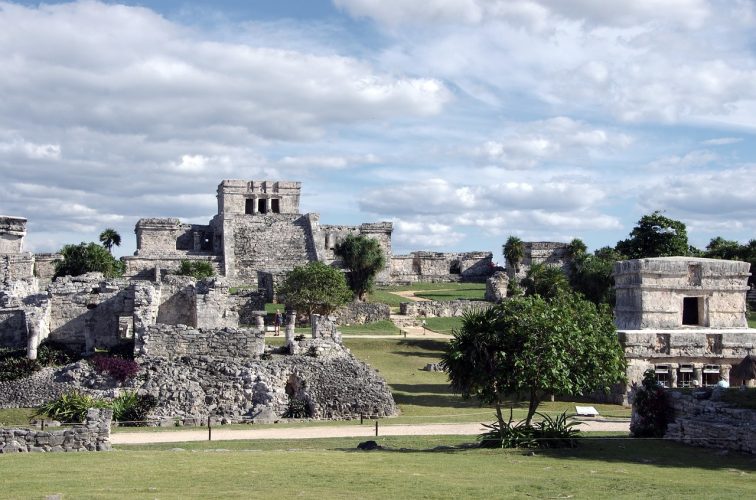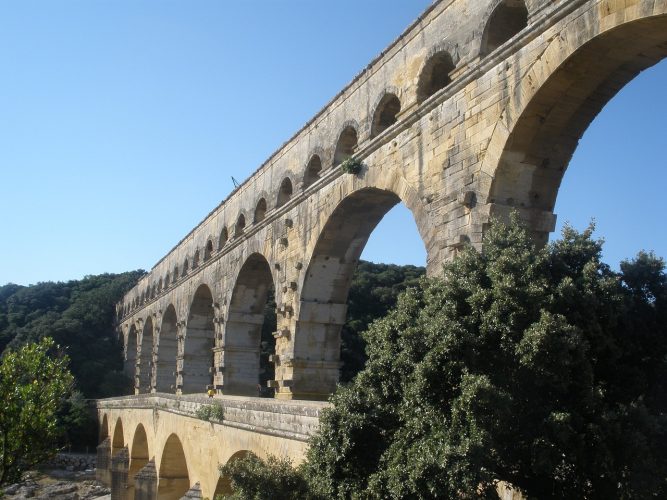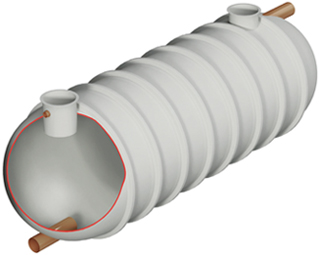Many people don’t think about what happens when you flush the toilet, even though it’s a daily occurrence. Plumbing systems are an integral part of society and contribute to how successful and sustainable a community is. Without sewage systems, raw human waste would flood the areas we live in, causing massive health hazards and damage to the environment.
Around 12,000 years ago, during the Neolithic era, our ancestors began to set up very primitive forms of sewage systems, which meant building permanent wells, into which they placed their waste. Our sewage system has come a long way since then, and here we will examine some of the oldest sewage systems in the world – and what made them so innovative.
Indus Valley Civilisation

A Bronze Age civilisation which lasted from 3300 BCE to 1300 BCE, the quality of planning which went into the construction of the town suggests that the main priority of this culture was hygiene. Each house has a dedicated wash room in which waste water was directed to covered drains, and deposited in nearby rivers.
They even built sophisticated public works including sewage drainage systems, public wells, and public baths. This emphasis on hygiene and cleanliness helped maintain a population of an estimated 5 million people.
Maya Civilisation

The Maya Empire lasted over 3000 years and much of its downfall still remains a mystery. All that’s left behind is the structure of their buildings and most interestingly, their sewage system. They are potentially the first civilisation to figure out how to pressurise water, as explorers Kirk French and Christopher Duffy in 2006 discovered the earliest known example of engineered water pressure in the Maya city.
They used water dropped from a height and suddenly constricted to produce enough pressure to push water upwards. This became useful in their sewage system because it lifted water up to the adjacent residential area for use as wastewater disposal.
Roman Civilisation

The Roman Empire lasted between 27 BC until 1453 AC, in which they produced some of the most innovative water systems to date. The Romans built the Cloaca Maxima in the 6th Century, which directly translates to ‘Greatest Sewer’, which is now one of the oldest monuments in Rome. The Romans are renowned for their extensive and inventive sewage system, which includes their famous aqueducts which helped transport water around their city, and deposit waste water into the river Tiber.
Although they weren’t the first civilisation to build aqueducts, as Mesopotamians and Minoans also constructed these networks, the Romans built them so skilfully, that they still stand strong in the Roman city today.
Conclusion
We’ve come a long way from throwing our waste out the windows and into the street, as we have now learnt from previous civilisations how to deal with the issue of human waste. It’s interesting to examine the old sewage systems, as they teach us volumes about the intelligence and success of previous civilisations.
Plumbing has made human sanitation infinitely better, which is why here at Wildon UK, we are passionate about producing high quality sewage systems for all our customers in the Manchester, Derby, Shrewsbury, Staffordshire area. For more information on any of our sewage services, please don’t hesitate to get in contact with us today!
Go back to








